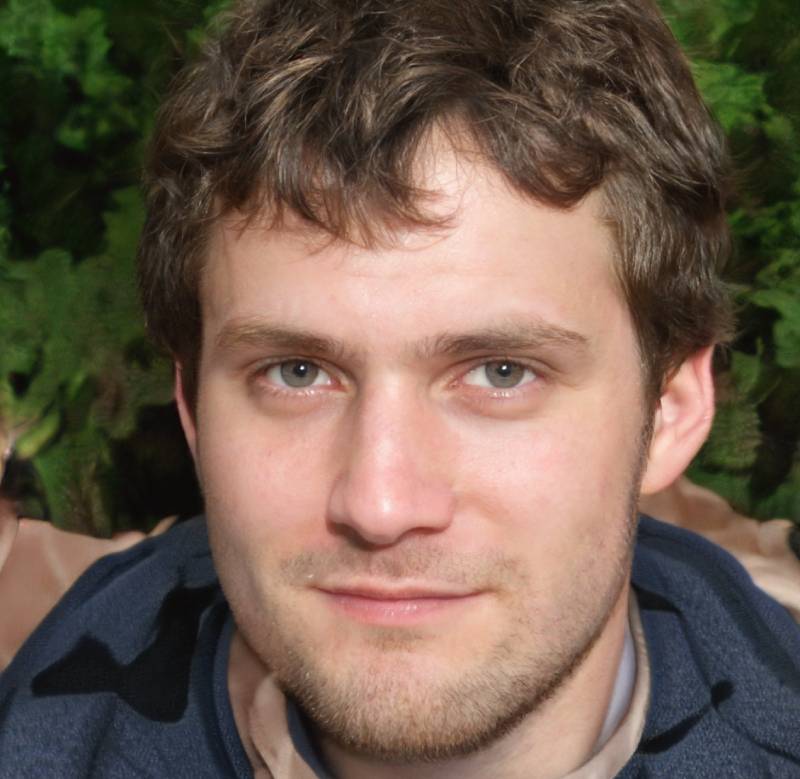Have you ever wondered why some of the most brilliant minds seem to wear the same outfit day after day? From Steve Jobs’ iconic black turtleneck to Mark Zuckerberg’s trademark gray hoodie, there’s a fascinating psychological reason behind these seemingly mundane fashion choices.
While it might seem trivial, choosing what to wear can actually take a toll on our mental energy. For some of the world’s most successful innovators, minimizing daily decisions—especially about clothing—helps to free up mental resources for more important tasks. Here’s why adopting a uniform style might be more about productivity than fashion.
The Psychological Burden of Daily Choices
Each day, we make countless decisions, from what to eat for breakfast to whether we should answer that email. In fact, according to productivity expert Bob Pozen, who teaches at MIT and authored Extreme Productivity, we make anywhere between 10,000 to 40,000 decisions daily. While many of these decisions are small, like picking out our clothes, others can have significant consequences.
The key takeaway here is that decision fatigue is real. Every choice we make takes a small chunk of mental energy. When we’re drained from making small decisions all day, we may not have the mental stamina left to focus on the more important tasks that really require our attention. By simplifying one aspect of our day—like our wardrobe—we conserve energy for things that truly matter.
Decision Fatigue and Wardrobe Choices
The theory of decision fatigue was first proposed by Roy F. Baumeister, a social psychologist, who found that as we make more decisions, our ability to make smart, thoughtful choices decreases. It’s a bit like a muscle that gets tired after too much use—after a certain point, our brains just can’t handle the pressure.
A 2016 study published in the Proceedings of the National Academy of Sciences found that after prolonged decision-making, people were more likely to make poor choices, and brain scans showed decreased activity in the prefrontal cortex, which is responsible for complex decision-making. This research underscores the toll that daily decisions—like what to wear—can take on our mental reserves.
Iconic Examples of Uniform Dressing: Einstein, Obama, Jobs, and Zuckerberg
To combat decision fatigue, some of the world’s most influential leaders and thinkers have embraced the idea of wearing a uniform. Take Steve Jobs, for example. The Apple co-founder famously wore the same black turtleneck, jeans, and New Balance sneakers every day. Jobs explained this in his biography by Walter Isaacson, saying, “I don’t want to make decisions about what I’m wearing. I have multiple same jeans and black turtlenecks.” For Jobs, simplifying his wardrobe meant he could focus his energy on innovation and leading Apple into new technological frontiers.
Similarly, Albert Einstein was known for his simple gray suit and slip-on shoes. By adopting a consistent, easy-to-choose wardrobe, Einstein could focus his mind on more abstract ideas, like his groundbreaking theories on relativity. Barack Obama also followed this strategy. The former U.S. president explained that he only wore gray or blue suits so he wouldn’t have to waste time thinking about what to wear. And of course, Mark Zuckerberg has long been known for his uniform of a gray hoodie and jeans, which allows him to streamline his daily decisions and save mental energy for Facebook’s development.
Embracing the Lessons of Decision Fatigue Theory
The takeaway here is clear: simplifying daily choices—especially ones that aren’t critical—can help improve focus and productivity. For many creative professionals and leaders, wearing the same thing every day is a deliberate strategy to combat decision fatigue. It frees up their cognitive resources for the more important challenges they face in their work.
While not everyone may be ready to adopt a full-on “uniform” like Jobs or Zuckerberg, it’s worth considering the benefits of simplifying your routine. You might be surprised at how much mental energy you could save for more significant pursuits.
Next time you stand in front of your closet debating what to wear, think about how much more productive you could be if you simply chose a go-to outfit. It might just be the first step toward freeing up your mind and unlocking your potential for greater achievements.

Meet Bill, a curious mind with a rebellious streak and a shared enthusiasm for lifestyle and culture. Like his longtime collaborator William, he’s captivated by the pulse of current events. But Bill brings a twist, he thrives on spontaneity, often following instinct over convention. His unconventional flair adds a dynamic edge to the team, making every project a little less predictable and a lot more exciting.












